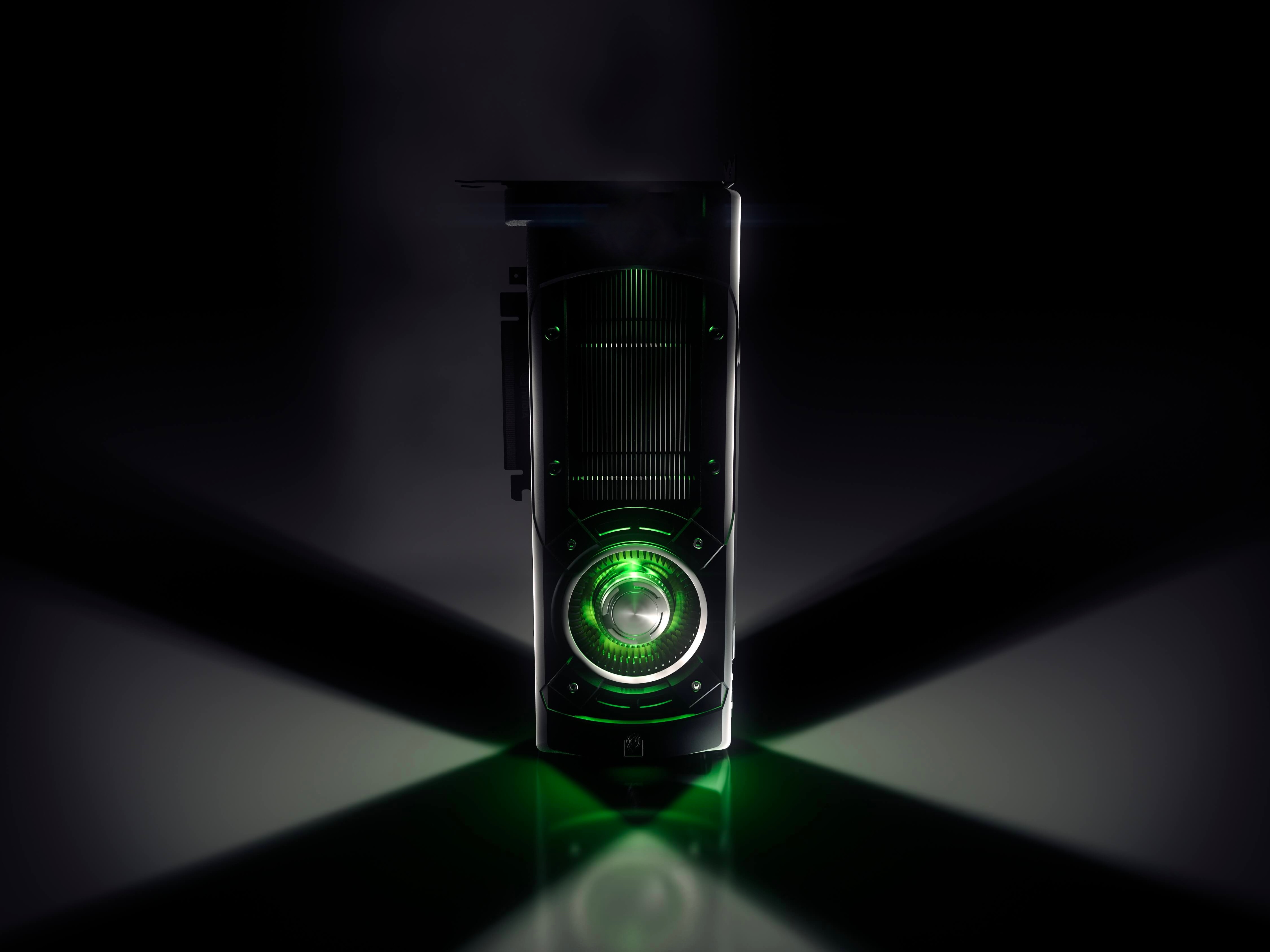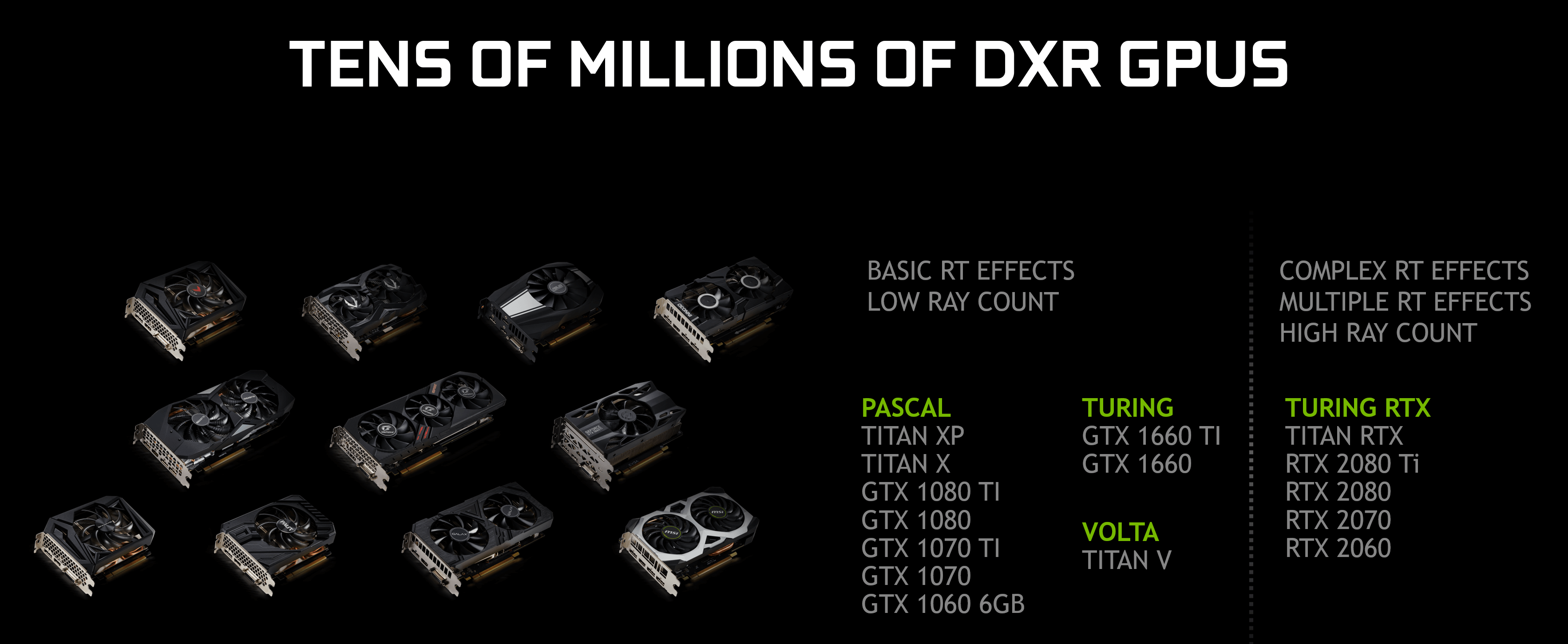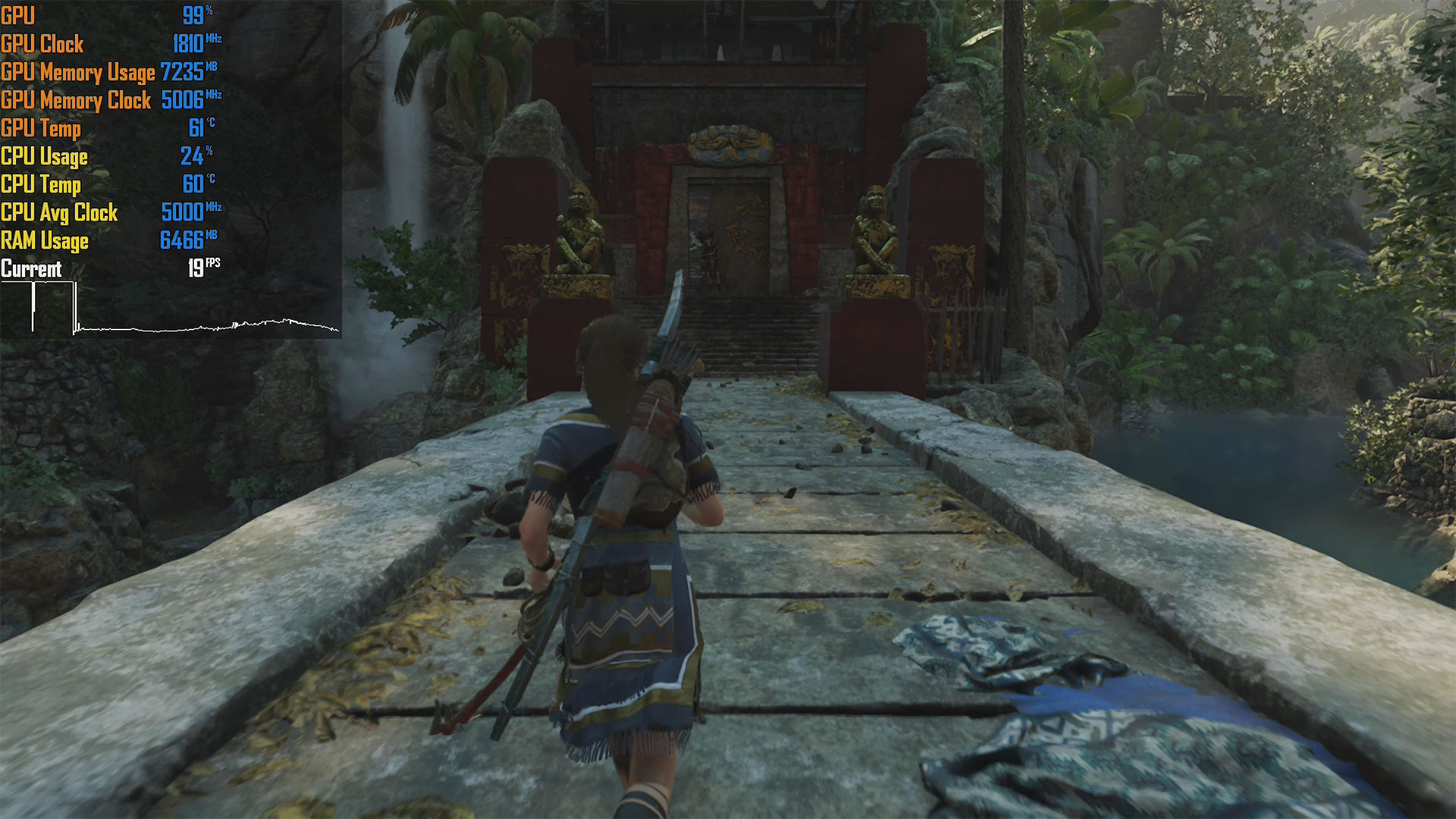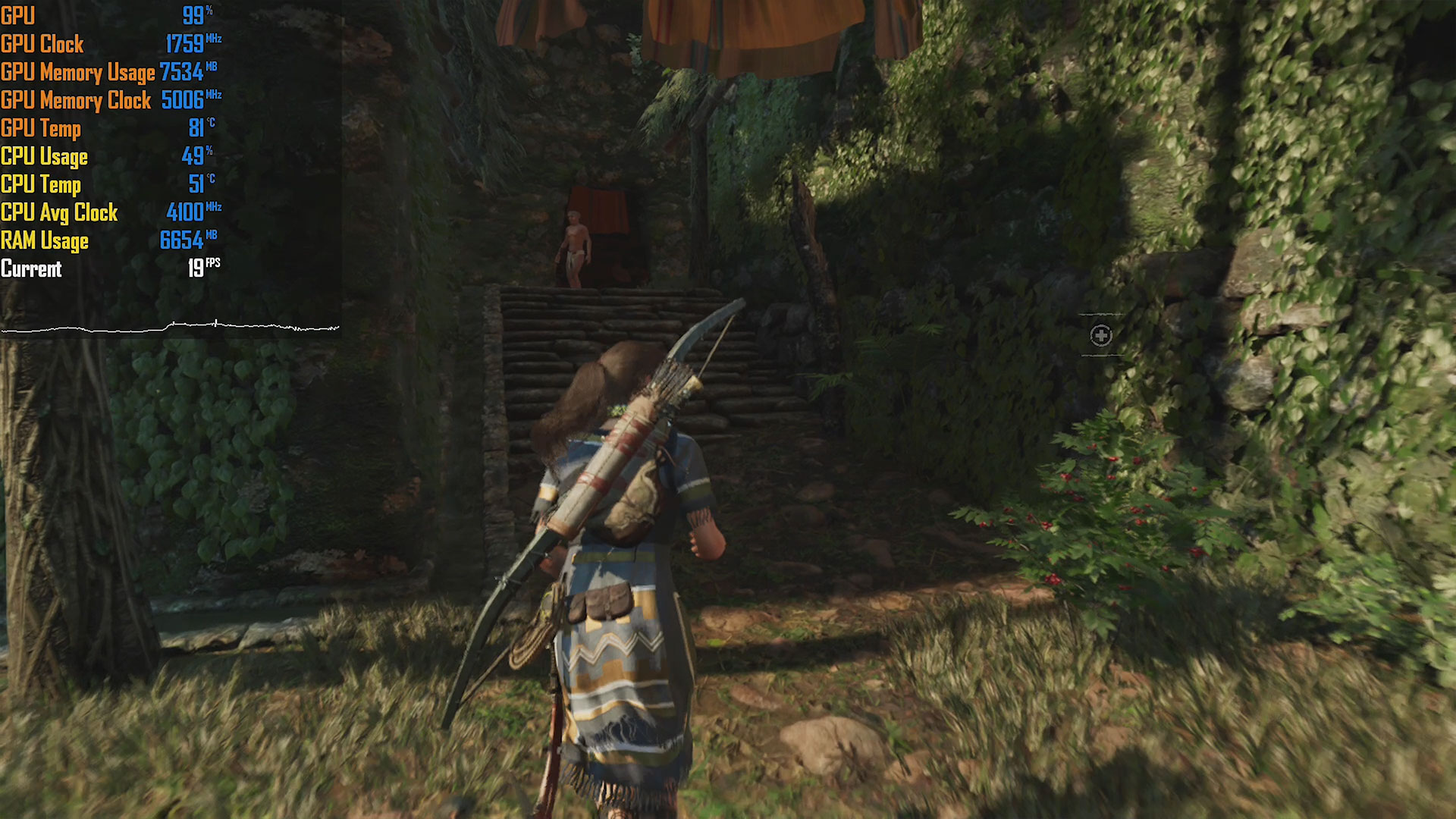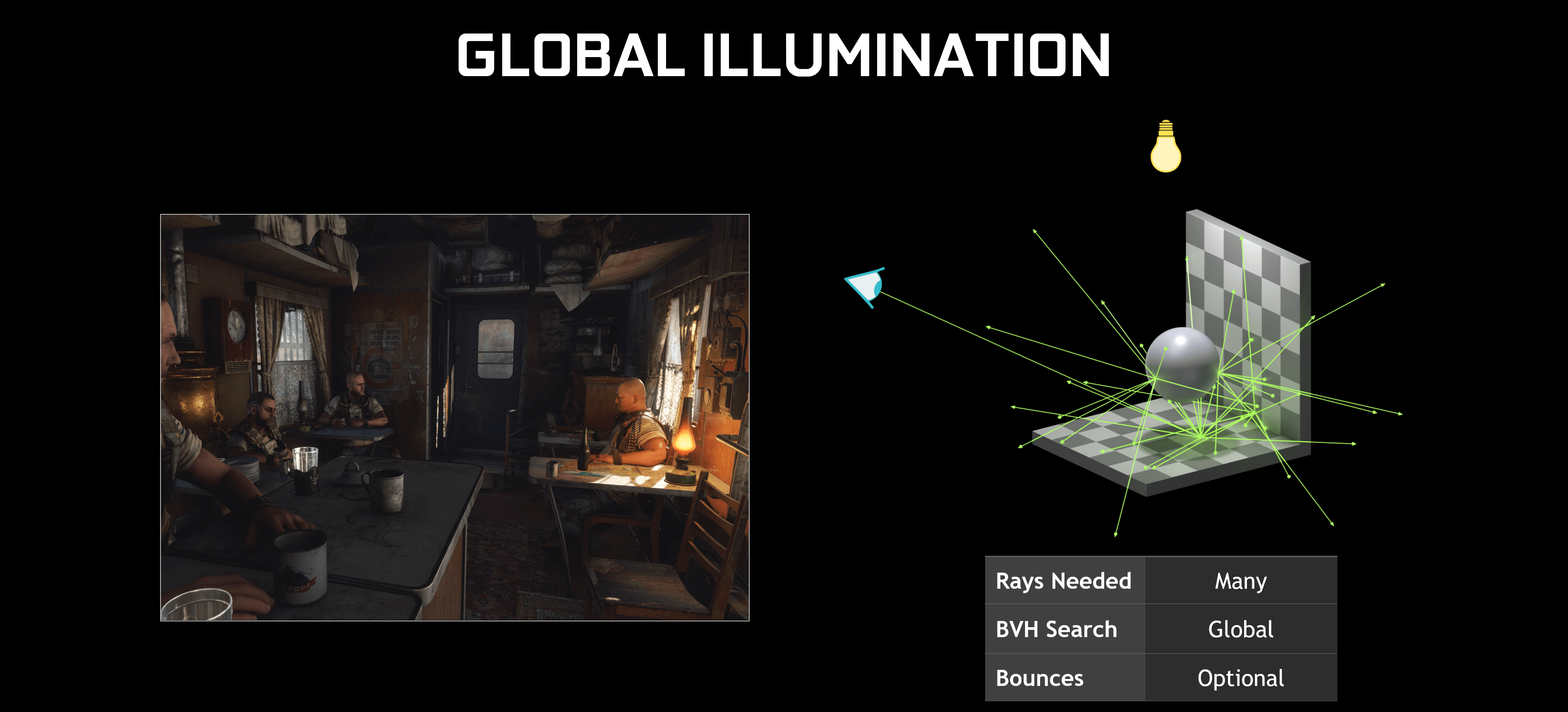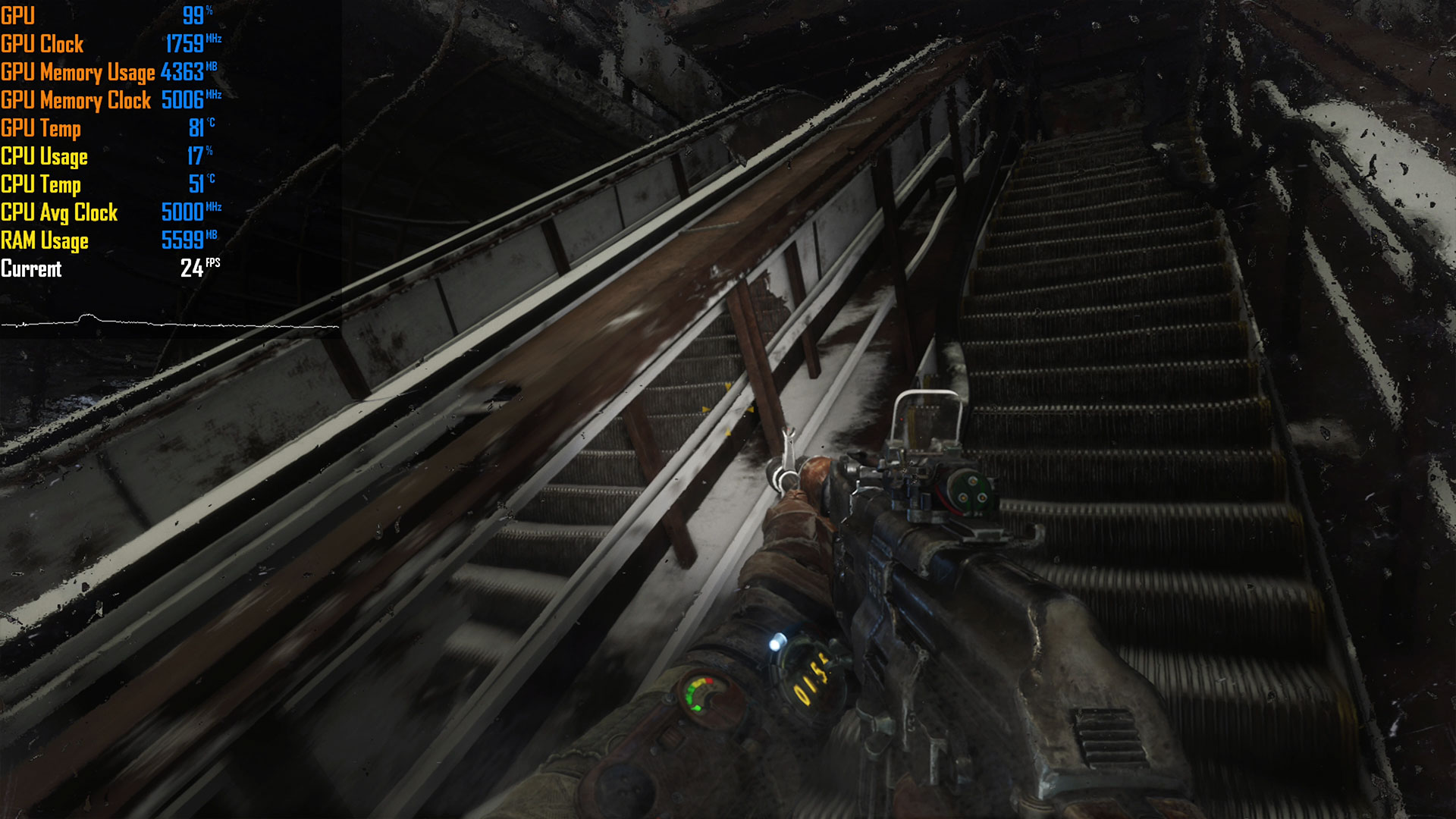During this year's GDC, Nvidia announced that GTX graphics cards would be getting basic ray tracing support with a driver update. A few weeks later, that's come to happen with cards ranging from the GTX 1060 6GB, the recently launched GTX 1660 GPUs, as well as the Titan X, XP, and V.
Prior to this you needed an Nvidia Turing RTX graphics card to get the visual benefits of ray tracing, but for a variety of reasons we'll get to later, you can now access the feature with many other GPUs. For putting together this test we took the most powerful Pascal GPU we had on hand - the Nvidia Titan X - and pitted it against Nvidia's RTX line-up in the three games that support ray tracing thus far.
Now, we all know ray tracing on Pascal GPUs is going to suck, so please don't act surprised. if you take a GPU that doesn't have any specific acceleration built in for a very performance intensive graphical effect, that's what's going to happen. But there are some interesting questions about ray tracing on Pascal that we wanted to answer.
The first question is to what degree will Pascal embarrass itself? Is a card like the Titan X faster than the slowest RTX GPU, the RTX 2060? Nvidia has showed a few benchmarks that give us some indication but we want to verify this with our own data, and in particular look at not just average frame rates, but 1% lows and general performance swings within a gaming session.
The other question is whether you can still get some form of acceptable performance from a Pascal card while ray tracing, despite knowing full well that performance in general is not going to be great. For example, can this card run a game at above 30 FPS at 1080p with acceptable ray tracing quality? This would allow some gamers to genuinely try out ray tracing without being forced to view a slideshow.
We used our Core i9-9900K test rig for these benchmarks coupled with 16GB of DDR4 memory. All the data has been gathered using the latest versions of the games with the latest drivers installed. Games like Battlefield V are continuing to optimize their ray tracing performance, so it's crucial with these sorts of tests to use up to date benchmark data. You'll see the areas we've tested in each game as we get to them.
Let's kick things off with Shadow of the Tomb Raider... the latest game to include ray tracing through the form of shadows. When we tested this game before we had found that only one of the three ray tracing modes made any sense to use, and that's the Ultra mode. The High mode produces worse visual quality than disabling ray tracing in our opinion, while Medium has a very limited scope for ray traced shadows. So for today's testing we stuck to the Ultra mode.
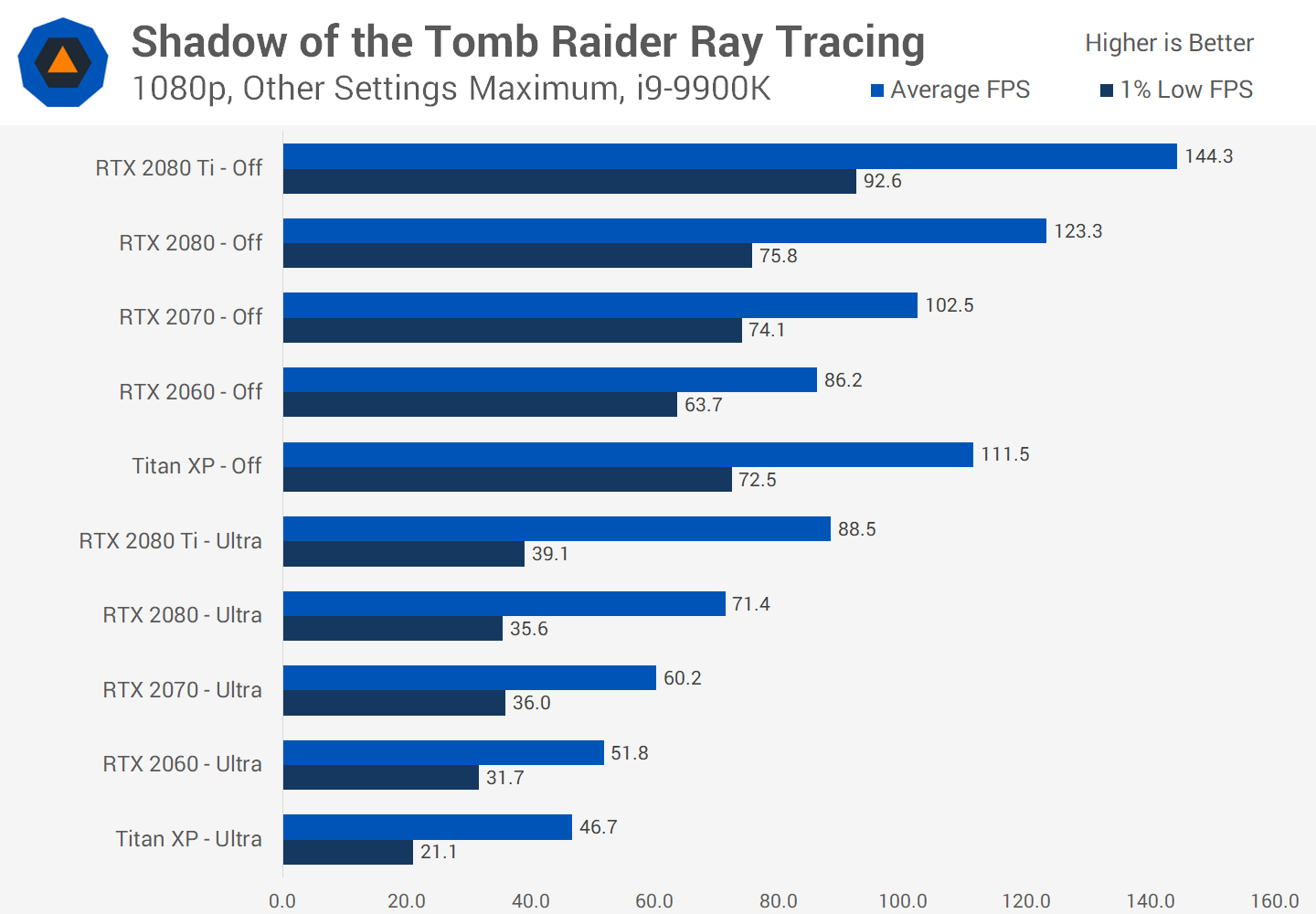
As expected the Titan X fell between the RTX 2070 and RTX 2080 when ray tracing is disabled and all other settings are set to their maximum level. However when enabling Ultra ray tracing, the Titan X immediately drops to a level of performance below the RTX 2060. In fact it's 10% slower when looking at average frame rates, but a huge 34% slower when viewing 1% lows.
And this begins to illustrate one of the key problems with ray tracing on Pascal: the experience is very inconsistent. This is because there is such a large difference between the capabilities of a card like the Titan X without ray tracing and with ray tracing. So as you move around an environment with varying ray counts, interactions and degrees of ray tracing, the performance of the Titan X fluctuates massively. In areas with little ray tracing, performance is decent but when you're in an area with lots of shadows, your frame rate will absolutely tank.
As you can see in the chart, 1% low performance of 21 FPS is unplayable, and that's just at 1080p. But if you had gone by just the average performance, 47 FPS sounds alright, it sounds decent. The actual experience of playing the game though, is far from that. Of course you also get a fluctuating frame rate with RTX GPUs including the RTX 2060, but the issue is less pronounced - the GPU is not as fast in areas without ray tracing, and it can keep up better when ray tracing is enabled. The 1% low frame rate for the RTX 2060 was a touch over 30 FPS which isn't amazing but it's a far more passable experience.

Moving to 1440p it gets even worse for the Titan X. We're down to a 30 FPS average and just a 14 FPS 1% low, which is unplayable. The margins between the RTX 2060 and Titan X are a little narrower here as the 2060 also struggles at 1440p, but with the Titan clocking in more than 30 percent slower in the most intensive areas, Pascal simply can't keep up.
Let's take a look at a more positive game for Pascal, and that's Battlefield V. Here our recommended setting is to use Low reflections which doesn't have as many effects as the High or Ultra modes, but it's a good starting point and these days the performance hit isn't nearly as bad as it once was.

At 1080p we're looking at a reasonably significant drop in performance for the Titan X, coming from well over 120 FPS with ray tracing disabled down to just 70 FPS on average with ray tracing. However once again, 1% lows get hammered, halving here from just low ray tracing.
Perhaps the most interesting thing is that unlike with Shadow of the Tomb Raider, in Battlefield V Pascal is more competitive with the RTX 2060. On average it's a little faster, and in the most intensive areas it's a little slower. We aren't anywhere near the performance of the RTX 2080, which comes closest to the Titan X when ray tracing is disabled, but due to a fairly light implementation of ray tracing with the Low mode, the Titan X isn't as overwhelmed and performs alright here.
In fact with a 1% low of 46 FPS the game is playable. Performance still does fluctuate a lot but at least it's not dipping to slideshow levels on the regular. So at 1080p with Low ray tracing and a card as powerful as a Titan X or 1080 Ti, you could conceivably play the game without tearing your hair out. Would anyone sacrifice over 100 FPS at this resolution for this performance? Probably not, but at least it's possible to try it out.
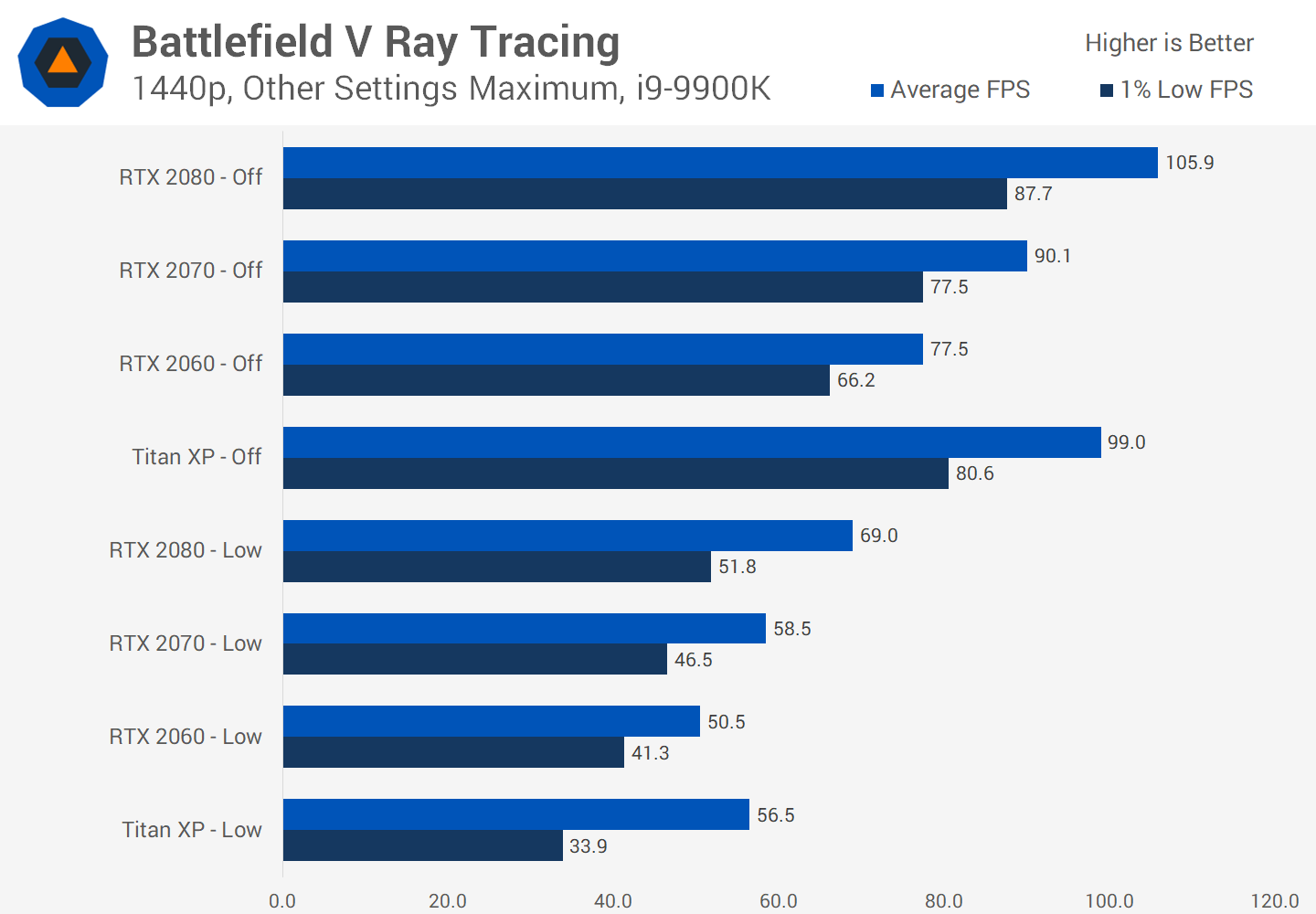
At 1440p the situation isn't as promising, with 1% lows closer to 30 FPS for the Titan X which in a multiplayer shooter is not acceptable. We're also starting to see a divergence between the Titan X and RTX 2060: on average the Titan is faster, but it's much slower in the most intensive areas of our benchmark run. This makes sense as more rays need to be cast at higher resolutions, and any increase in ray tracing will punish Pascal more than Turing RTX.
The final game we're looking at here is Metro Exodus, which uses ray traced global illumination. When we first tested the game we used the benchmark tool but we've since switched to an in-game run, focusing on the High mode which we feel is the best to use in the game based on our previous exploration.

We didn't bother testing 1440p in this title because at 1080p, we're already at an unplayable level with the Titan X. A 30 FPS average with a 1% low of 23 FPS is not good. And in this game there is no ray tracing level below Highl so you can rule out Pascal entirely. The Titan X is behind the RTX 2060 by more than 30% which makes sense as global illumination is an intensive ray tracing effect and one where acceleration is very useful.
Comparing the Titan X to something like the RTX 2080 shows that the RT cores are providing double to triple the performance with this effect enabled. We can expect a similar difference between Pascal and accelerated Turing in games that use multiple ray tracing effects: the more effects are added, the more useful the RT cores become.
So what does this investigation tell us overall?
- There was no need to test any GTX GPU slower than the Titan X. Two of the three games are already unplayable at 1080p with the Titan.
- The only test condition that was remotely usable was Battlefield V at 1080p with Low ray tracing, but even then I would expect a GTX 1080 to barely hit 30 FPS in the most intensive areas and performance to fall away further from there.
- Unless you have one of the top-end GTX cards and the ray traced effects aren't too intensive, Pascal is not fast enough to give gamers a usable ray tracing experience. As more ray traced games are released, Pascal is only going to fall further behind.
- In a best case scenario, the Titan X matches the RTX 2060 for ray tracing capabilities, but often falls 30% behind or more, especially when looking at crucial 1% low data. The Titan also delivers less frame rate consistency. Normally (no DXR) the Titan X is at least 25% faster than the RTX 2060 and more, up around RTX 2080 territory.
With that said, how much do the RT cores and other bits and bobs in the Turing architecture help accelerate ray tracing compared to Pascal? This is more of an interest's sake type question, but we now have some rough data that can give some insights.
The main comparison would have to be between the Titan X and RTX 2080 which are reasonably matched outside of ray tracing; the RTX 2080 is faster but not by much. But when ray tracing is factored in, the RTX 2080 is anywhere from 26% faster with Low reflections in Battlefield V, to more than 50% faster in Shadow of the Tomb Raider, to over twice as fast in Metro Exodus.
Considering TU104, the GPU used in the RTX 2080, packs in only 13 percent more transistors than the Titan X and GTX 1080 Ti, we'd say this level of acceleration is actually reasonably impressive and justifies the extra RT cores, at least for these games and effects. Nvidia couldn't have brute-forced ray tracing by cramming in more CUDA cores. The data does show that ray tracing with RT core acceleration is more efficient. We don't think the level of acceleration is disappointing either, more than a 2x improvement when ray tracing is heavily used is a decent start from a first-gen design.
Of course, spending die space on specialized cores for ray tracing doesn't help performance in the vast majority of games, but we've already talked endlessly about the value proposition of ray tracing and RTX cards...
Finally we must wonder, why has Nvidia bothered testing and enabling ray tracing on Pascal? It doesn't run well even on high-end GPUs, it's unlikely to improve with future games, and it just seems like something people wouldn't use even if it was available.
We have two theories as to why: The first is for developers. Lets say you have a development studio that invested heavily into Pascal and has loads of cards like this very Titan X in their dev machines. Rather than forcing developers into upgrading to Turing to develop games with ray tracing, allowing Pascal cards to ray trace, albeit slowly, could improve the adoption of ray tracing in games. Developers don't need 60 or even 30 FPS to test ray tracing in their games, so it could be handy for them. This has a variety of benefits for Nvidia as they are interested in improving adoption to sell more RTX cards.
Second: plain old marketing to incentivize RTX GPU upgrades. In our opinion ray tracing alone isn't enough to justify an upgrade but this will work for a number of Pascal gamers regardless.
Having features unlocked for more GPU owners is generally a good thing and down the line there might be a ray traced game that actually does run well on Pascal. But like most of our articles on ray tracing so far, we're still in the very early stages for the technology and it will only become a significant factor in a few generations time.
